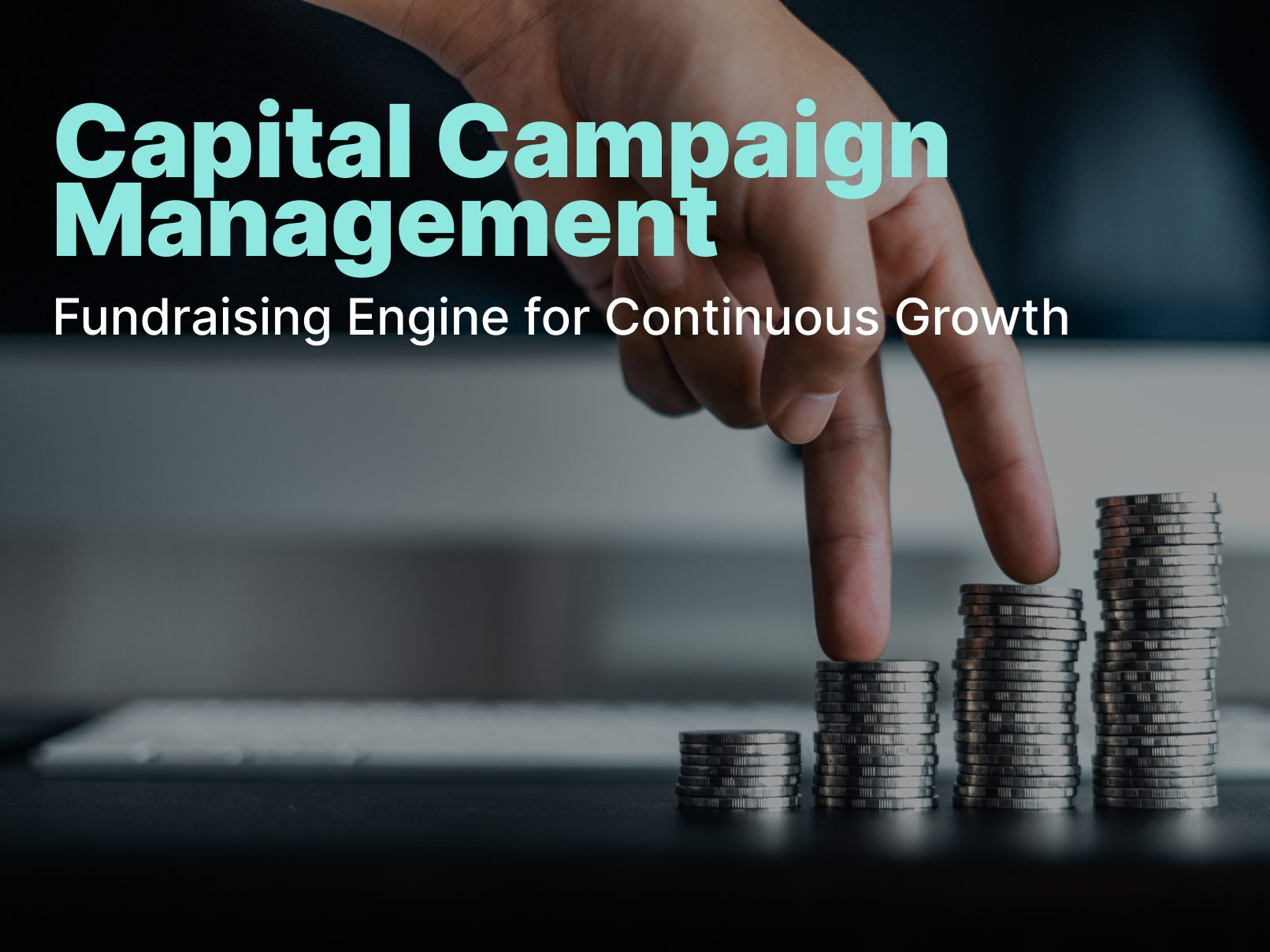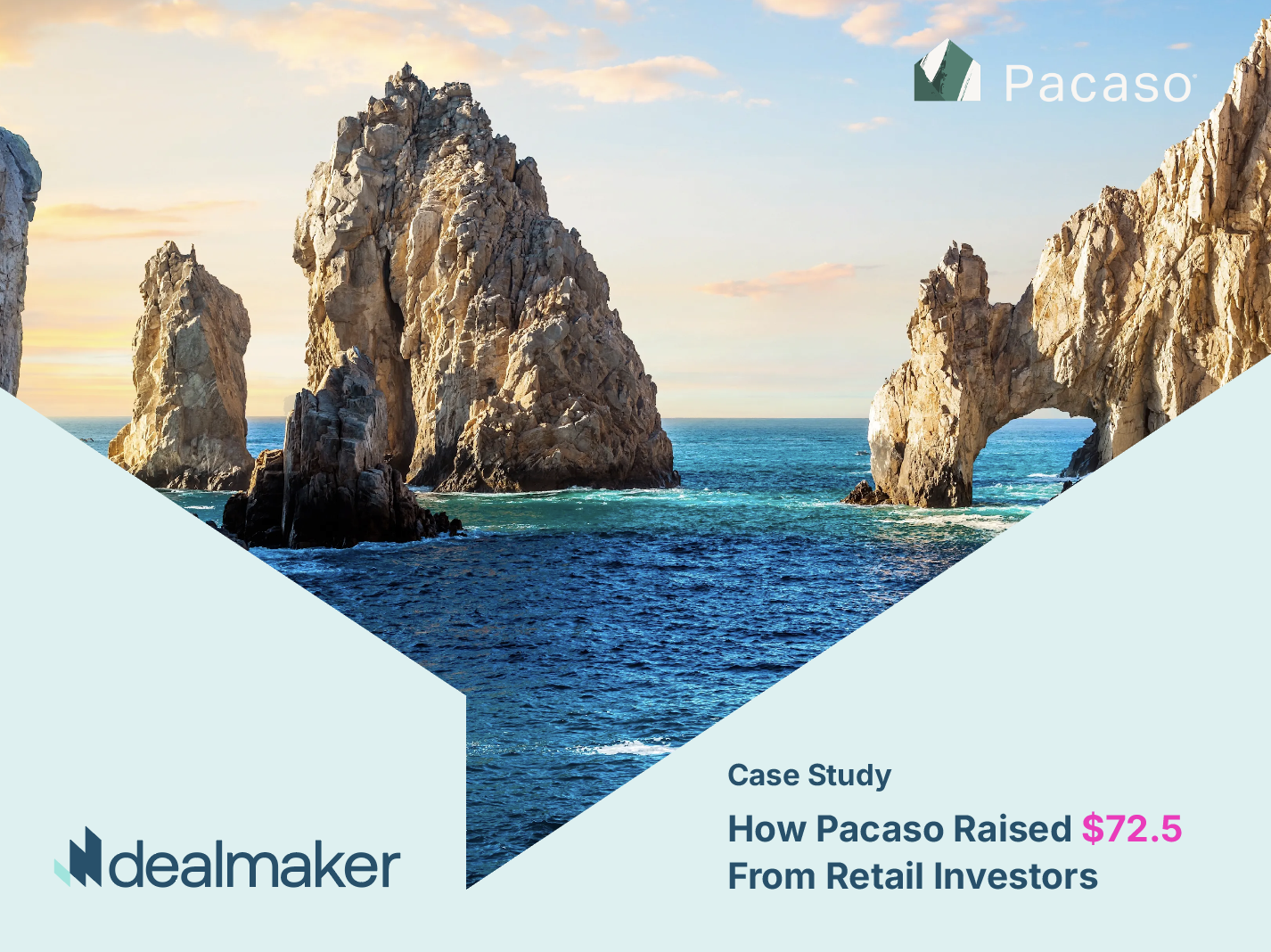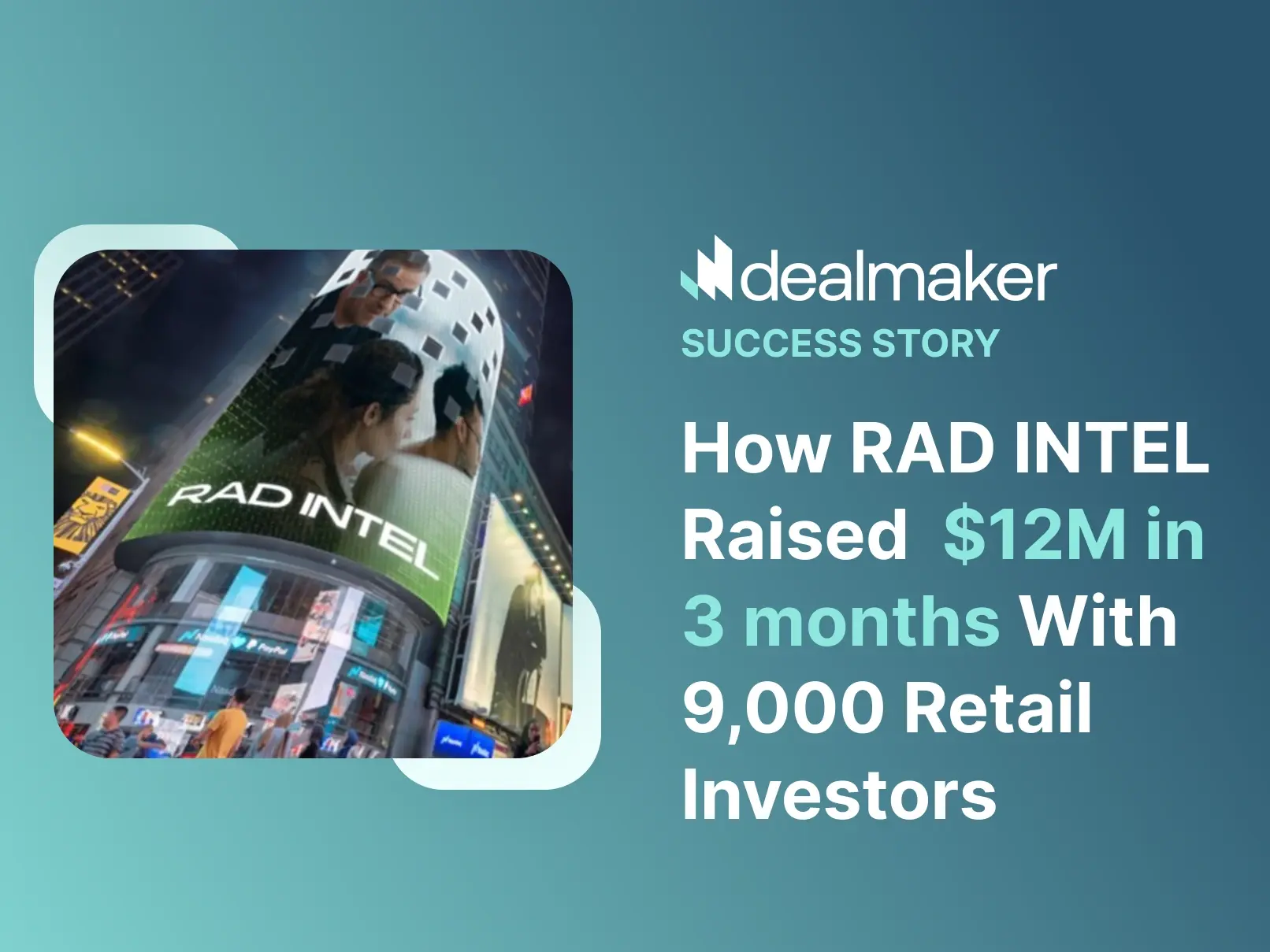Raise Capital
August 17, 2022
Impact Investing - The Future Investor
Impact investing is the practice of making purposeful investments that generate financial returns, while also helping to achieve social or environmental benefits — exemplifying the idea of “doing well while doing good.”
Fidelity Charitable conducted a survey among more than 1,200 investors to understand their approach to investing and social change, and the key findings outline how investors engage in impact investing today and what it could mean for the future.
Insight #1 - Millennials are putting their $$ where their values are
Millennials are leading the way in participating in impact investing, as it’s an effective avenue to align their values with their financial choices. Currently, 34% of investors participate in impact investing, but the vast majority of those investors are millennials. Making a conscious effort to balance the importance of returns on their investment with a company's track record is a key consideration for this generation.
.jpeg)
Insight #2 - Impact Investing is seen as a better change agent than charity
As many Millennials consider themselves a ‘global citizen’, this attitude translates into how and where they spent their time and money. One key finding in explaining this generational shift towards impact investing, is they believe this tactic has more power to create change than traditional charitable donations.

It is important to note that someone younger and just embarking on their investment journey will have different objectives than an investor about to tap into their investments to liqudate/retire. A person that is focused on their investments securing their retirement plans in the next five years will act very differently than someone who can take on more risk and won’t tap into the funds for 30 years or more.
Insight #3 - Impact Investing is growing in all generations
An interesting finding saw that across all generations, investors are looking to expand their impact allocations in the next year—and others could get started for the first time. 40% of those who have not made an impact investment are likely to consider it next year. This phenomenon is growing in many ‘underground’ investing channels like Reddit and Discord, where the focus is on disrupting what is seen as unfair or ‘gate-keeping’ type practices.
Those who are not yet familiar with impact investing are hesitant to get involved - and 60% surveyed say they “aren’t likely to consider participating in the next year”. It is evident that the hesitation to participate hinges more on lack of knowledge than opposition to the concept. Only a small portion disagree with the fundamental concept of impact investing - saying that investment decisions should be based solely on potential returns or that impact investing is not a viable avenue to solve problems. Such small minorities can indicate a growing awareness and normalization of impact investing among everyday consumers.
Client interest in impact investing is showing no signs of slowing down - particularly as Millennials gradually take over a greater share of wealth.
It is worth noting that those already participating in impact investing display significant satisfaction with the outcomes - over 60% of participants state the approach is very meaningful to them.

Insight #4 - Predominant theme is environmental
What kinds of themes are these impact investors focused on when selecting companies to invest in? Predominantly environmental impact is the focus, with 51% of the respondents saying their portfolio includes companies with a focus on the environment. Next up were social themes such as racial equity, social justice, or faith-based values. The third major theme were companies and organizations that have a proven corporate oversight or governance that aligns with a cause - like diversity in the workplace or global inclusion with regards to innovation and technology.

The Future is Impact Investing
This trend will continue to grow and soon we will see portfolios that may represent a majority of impact investments. This will likely spill over from mutual funds, stocks and bonds into pre-IPO opportunities like Equity Crowdfunding and new impact-focused VC firms.
Social responsibility is a key pillar of the Millennial generation and ‘doing no harm’ are threads woven into all aspects of life - investing is no different.

Your submission has been received. We will reach out to you via email to schedule a call.
Oops! Something went wrong while submitting the form.



.png)





.webp)
.webp)
.webp)
%20(1).webp)

.webp)